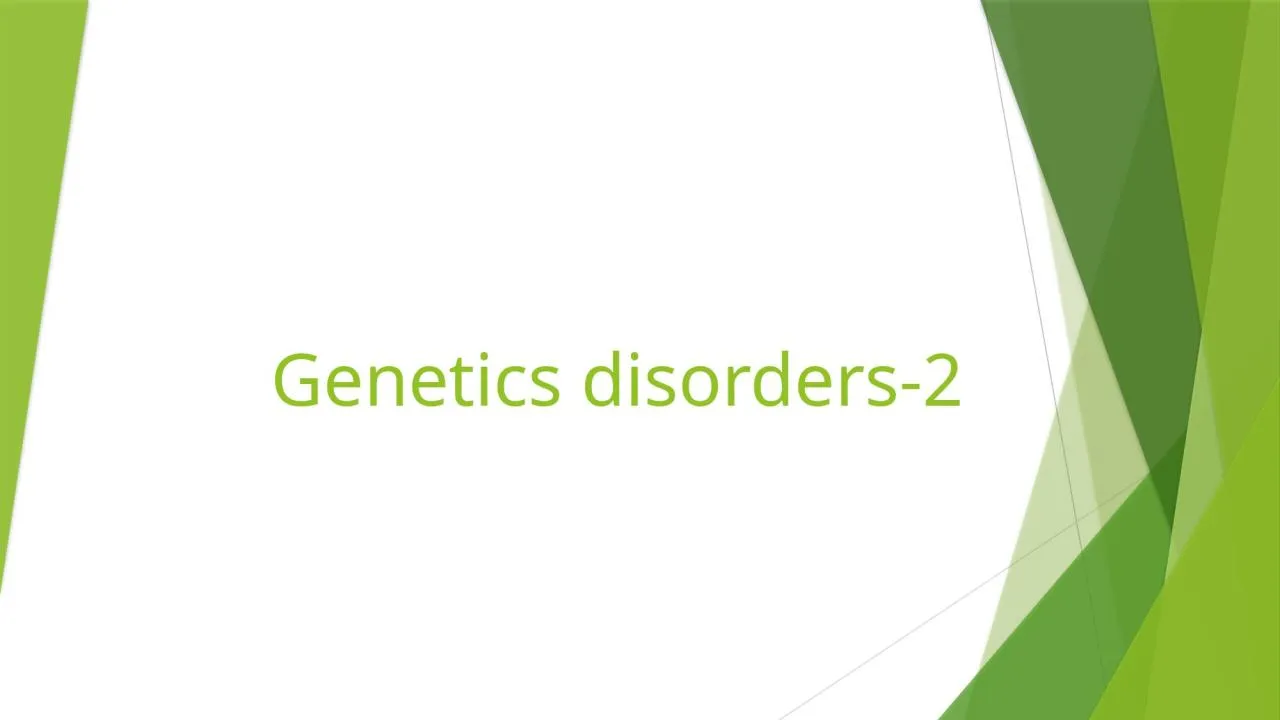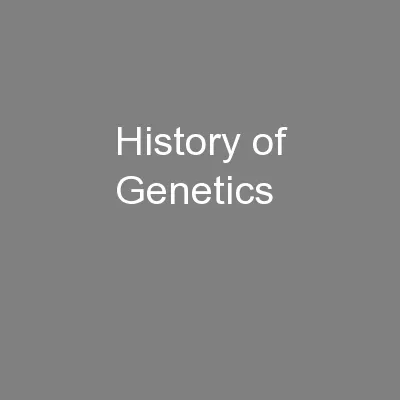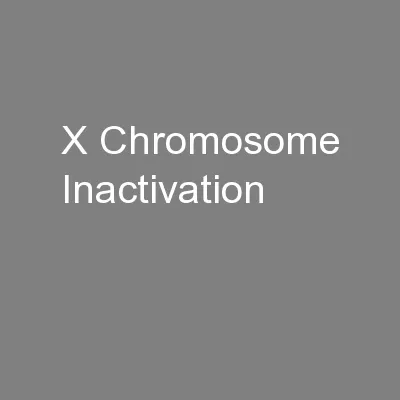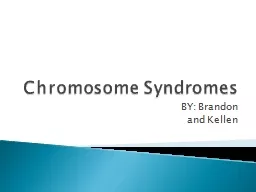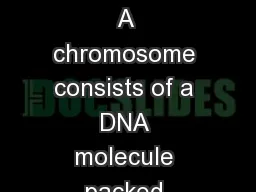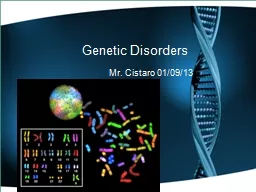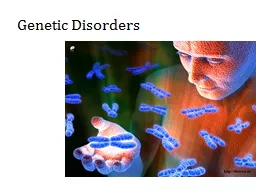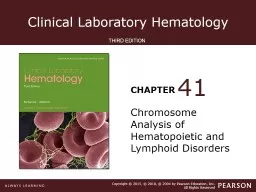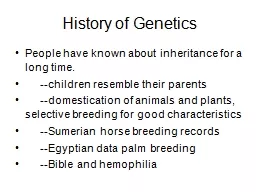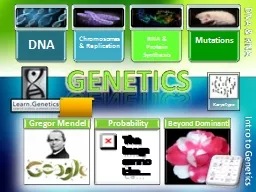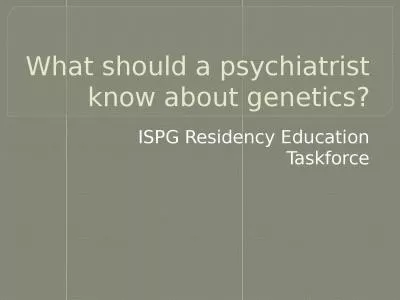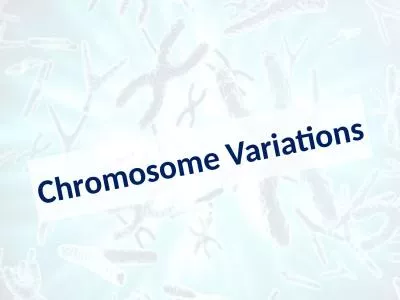PPT-Genetics disorders-2 N umerical changes in chromosome numbers:
Author : oneill | Published Date : 2022-06-07
Aneuploidy Variation of a certain chromosome with in the set Hyperploidy gain of chromosome Trisomy 2n1 Double trisomy 2n11 Tetrasomy 2n2 Hypoploid y loss of
Presentation Embed Code
Download Presentation
Download Presentation The PPT/PDF document "Genetics disorders-2 N umerical changes ..." is the property of its rightful owner. Permission is granted to download and print the materials on this website for personal, non-commercial use only, and to display it on your personal computer provided you do not modify the materials and that you retain all copyright notices contained in the materials. By downloading content from our website, you accept the terms of this agreement.
Genetics disorders-2 N umerical changes in chromosome numbers:: Transcript
Download Rules Of Document
"Genetics disorders-2 N umerical changes in chromosome numbers:"The content belongs to its owner. You may download and print it for personal use, without modification, and keep all copyright notices. By downloading, you agree to these terms.
Related Documents

